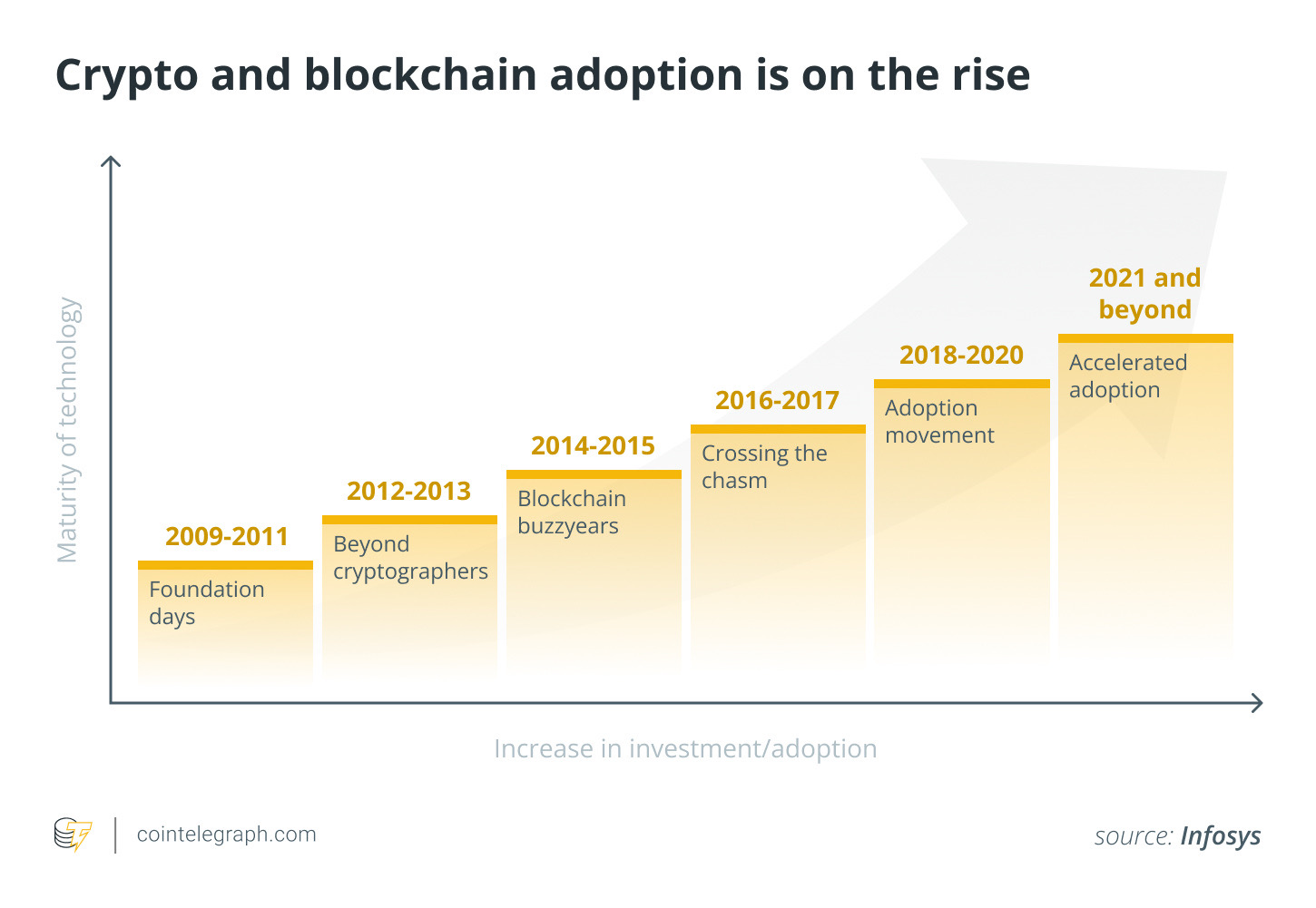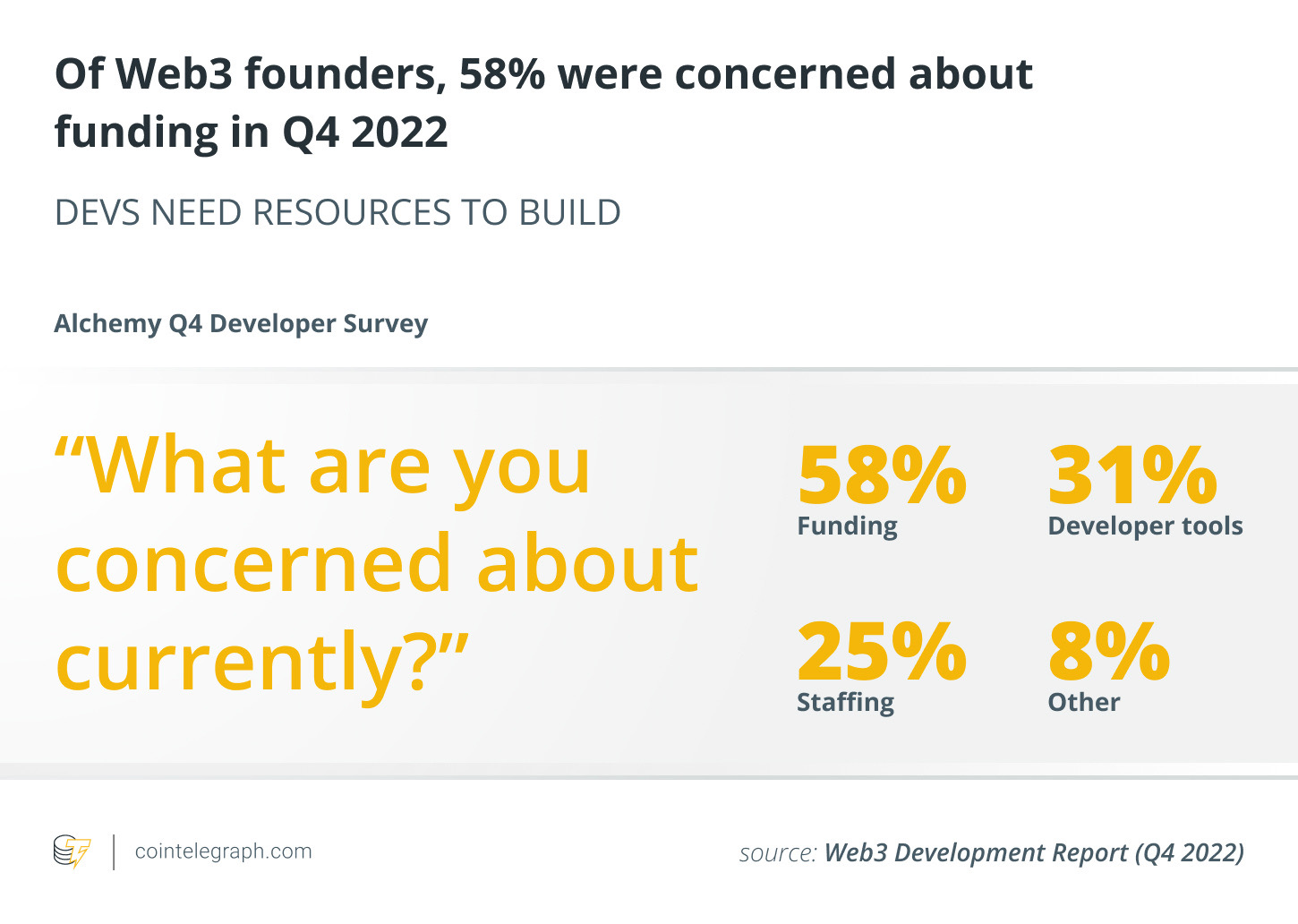
In the evolving financial landscape, as cryptocurrency adoption surges in a more favorable market environment, we find ourselves at a critical juncture, pondering the boundary between centralized and decentralized financial ecosystems. Traditional finance (TradFi), fortified by regulatory mechanisms, is locked in a pitched battle with the rapidly growing crypto community, which is championing the principles of decentralization and resistance to censorship. This isn’t just a battle, it’s a time of transition. Both sides understand that the other is not going away any time soon.
Traditional titans vs. crypto visionaries
On one side of the arena, TradFi institutions wield the power of established processes that are intricately woven into the fabric of our lives. On the other side, we have a legion of determined innovators, passionate communities and influential financial organizations, each with its own unique motivations.
Nearly 15 years have passed since the birth of Bitcoin (BTC), and since then, the phenomenon of decentralized digital currencies has grown exponentially. However, the widespread adoption of cryptocurrencies for everyday transactions remains a tantalizing vision that we are determined to unlock.
Taking a broader perspective on crypto
Crypto has been the subject of intense debate, especially concerning its ability to fulfill the original promise of revolutionizing everyday finance, as envisioned by industry pioneers. For many enthusiasts, tracking fiat-to-crypto price charts has proven more captivating than exploring practical new payment solutions. Bitcoin’s portrayal as “digital gold” has captured significant media attention, further solidifying the notion of cryptocurrencies as investment assets.

However, our collective perspective may shift if on-chain payments significantly outperform traditional methods, rendering less efficient, outdated and overly controlling financial infrastructure obsolete.
Drawing inspiration from startup wisdom
In the world of startups, it is generally accepted that a new product must be at least 10 times better than its predecessor in order to succeed. Business experts and consultants have relentlessly emphasized this concept. The cryptocurrency and blockchain space adheres to this rule, with the caveat that disrupting generational industries such as finance is an arduous task.
Decentralization, as a concept, has proven challenging to grasp, primarily because our historical power structures bear little resemblance to it. Nonetheless, this experimentation represents progress in our society’s collective psyche. Achieving widespread crypto payments on a national or global scale would necessitate a radical transformation of financial rules and regulations for both consumers and businesses — an ambitious undertaking, to say the least.
While discussions regarding crypto regulation are ongoing and often fraught with tension, it’s essential to recognize notable achievements in this arena. Notably, El Salvador’s adoption of Bitcoin as legal tender in 2021 demonstrated the potential for executing novel financial rules at scale, even though it came with its share of technical and financial challenges.
Navigating crypto virality
The path to integrating crypto into our daily lives as a practical payment and utility solution likely lies in harmonizing crypto and TradFi systems, making them accessible and complementary within a structured regulatory framework. Notably, financial institutions like JPMorgan and Morgan Stanley, along with companies from various sectors, have ventured into the crypto space, albeit primarily for investment purposes.
This institutional engagement has ushered in a wave of blockchain developers eager to create interfaces and integrations that comply with regulations, setting the stage for more utility-driven crypto products that could drive mainstream adoption.
It’s exciting to see some interest from payment companies. For example, PayPal is issuing its own stablecoin and launching crypto buy and sell services, and Visa is exploring gas fee payments. Direct crypto payments with USD Coin (USDC) have also now been added to Shopify with Solana Pay.
A glimpse at regulation
Short-term, impulsive regulatory decisions lack the inherent power to halt the progress of blockchain technology. In particular, influential figures such as celebrities and corporate leaders have proudly embraced cryptocurrencies as investors and users. Even if certain crypto operations are temporarily banned, developers can continue to advance open-source blockchain technology and push the boundaries beyond finance, ready to thrive when it is legalized again.

Data from Alchemy’s “Web3 Development Report Q4 2022” shows that builders in the crypto space are undaunted by regulatory concerns.
Coexistence of crypto and TradFi
While it may seem that crypto communities and TradFi institutions are engaged in fierce competition, a more nuanced picture emerges within today’s fintech landscape.
Crypto startups have the opportunity to collaborate with TradFi institutions to create efficient fiat-to-crypto onboarding solutions. Concurrently, established TradFi firms are exploring crypto avenues through DeFi integration technologies, leveraging smart contracts to facilitate transactions of even the smallest denominations.
Both systems can coexist and complement each other harmoniously once we witness more regulatory clarity and better-defined blockchain integration standards.
In this landscape, where crypto payments and traditional systems vie for supremacy, the future is not one of replacement but integration — a future where finance is both centralized and decentralized, finding synergy within well-defined rules and shared ambitions.
With a comprehensive understanding of these dynamics, we can navigate the intricate tapestry of payment transactions, ushering in a new era that merges the best of both worlds, ensuring both the security and efficiency of payment systems for generations to come.
Josh Cowell is a builder, spokesperson and researcher and has been a champion of blockchain technology and crypto since 2010 while operating in TradFi risk. He is the head of product at  .id, where he’s driven to restore crypto to its original goals, which isn’t making money fast.
.id, where he’s driven to restore crypto to its original goals, which isn’t making money fast.
Disclaimer. Cointelegraph does not endorse any content or product on this page. While we aim at providing you with all important information that we could obtain in this sponsored article, readers should do their own research before taking any actions related to the company and carry full responsibility for their decisions, nor can this article be considered as investment advice.



Leave A Comment